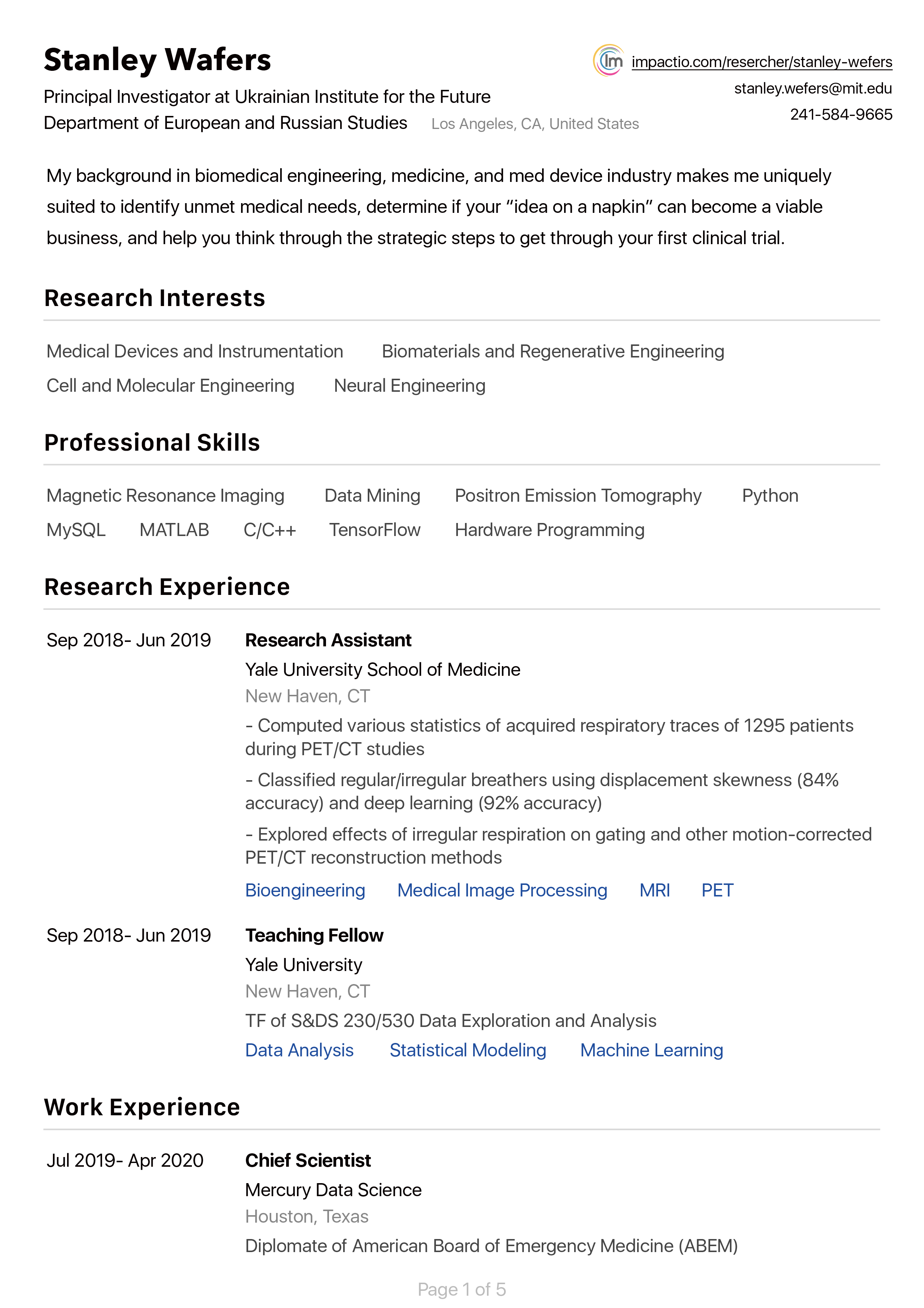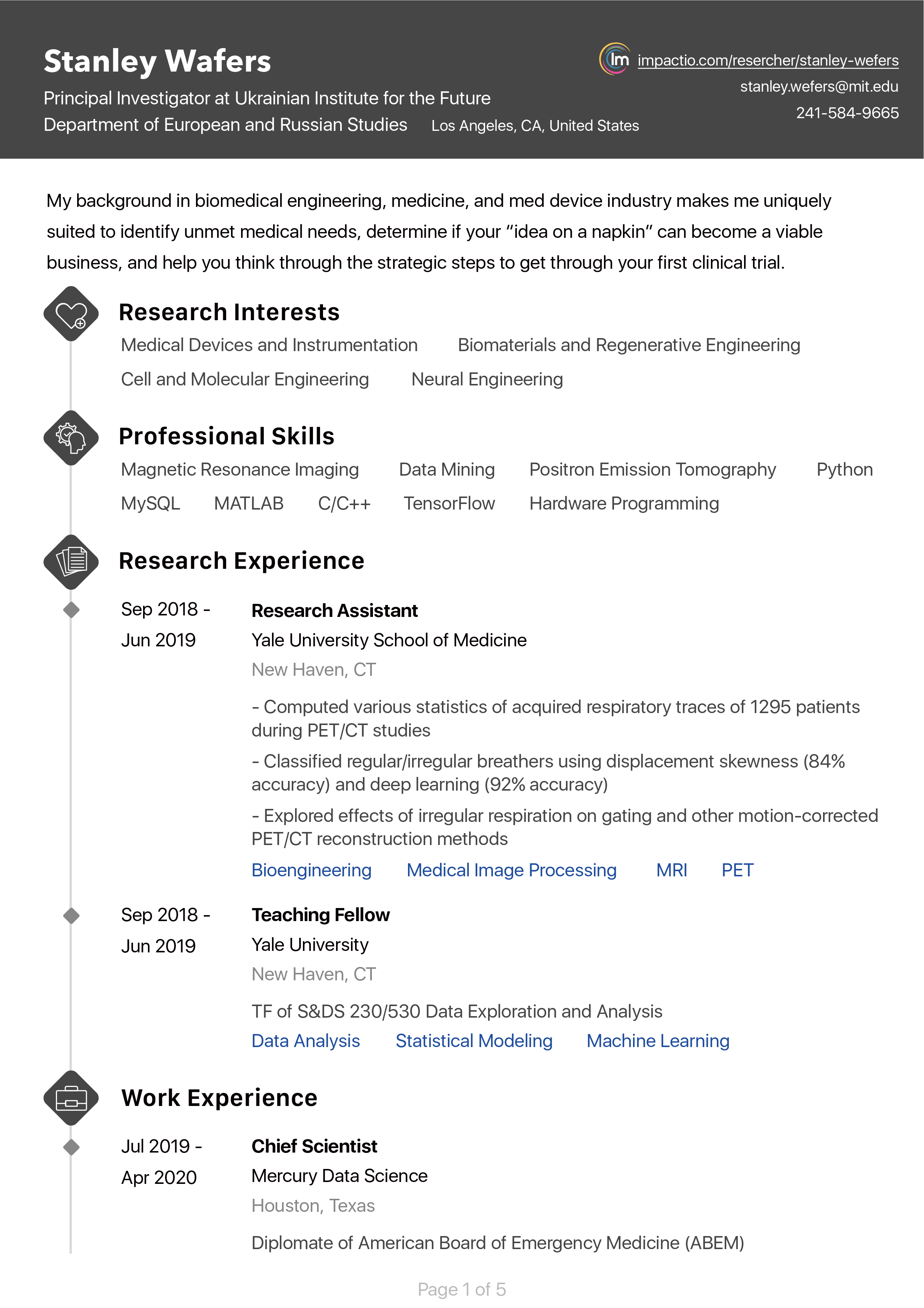About
I am Associate Professor of Digital Media & Design Computing at the Department of Architecture, American University in Cairo, Egypt. I received my BSc (2000), MSc (2004) from Ain Shams University, and PhD (2011) from Georgia Tech, USA.
I have publications in Computer-Aided Design, Advanced Engineering Informatics, Automation in Construction, IJPEDS, IJAC, CAADFutures, ACADIA, CAADRIA, eCAADe, PLEA, IBPSA, DRS, IASDR, ASCAAD, SIGRADI. My recent research involves a variety of topics, including the development of low-cost soft adaptive façade systems using hygroscopic properties of wood, automated post-occupancy space management using BIM and GIS, and the design and fabrication of complex facades using robotic depositing and multi-point forming.
Generative Design
Adaptive Systems
Building Technology
Parametric Design
Rapid Prototyping
Space Management
Digital Fabrication
Building Information Modelling
Architectural Design
Computational Design
Associate Professor of Digital Media and Design Computing in Architecture
The American University in Cairo
January 2017 - Present
Assistant Professor of Digital Media and Design Computing in Architecture
The American University in Cairo
September 2014 - Present
Assistant Professor of Digital Media and Design Computing in Architecture
The American University in Cairo
August 2014 - Present
Assistant Professor
Ain Shams University
September 2011 - Present
Research Assistant
Georgia Institute of Technology
June 2007 - Present

Georgia Institute of Technology
Aug 2006 - Aug 2011
Architecture

Ain Shams University
Sep 2000 - Feb 2004
Architectural Engineering

Ain Shams University
Sep 1995 - Jun 2000
Architectural Engineering
Award
Jun 2013
Young Active Researcher Award, Faculty of Engineering, Ain Shams University, Cairo, Egypt
Award
Apr 2012
Faculty Award of Merit for Best Doctoral Presentation, School of Architecture, Georgia Institute of Technology
BIM-Enabled Design Guide Automation
This project aims at providing automated feedback for spatial validation, circulation assessment, and energy and cost implications using preliminary concept design BIM models for U.S. courthouse buildings using Solibri Model Checker (SMC). This project was conducted at the AEC Integration Laboratory at the School of Architecture, Georgia Tech, Atlanta, USA.
Automated Evaluation of Spatial Layout Configurations using Heuristic Methods
This project uses heuristic methods including fuzzy logic to automatically evaluate spatial relations in different existing layout configurations. This heuristic approach involves a thorough analysis of spatial parameters and relations, including configurations, objects within spaces, and object-object, space-object and space-space relations in order to assess specific spatial qualities, especially soft qualities such as comfort, privacy, accessibility, etc. for a given layout scheme.
Measuring and Monitoring the Future ‘Greening’ of the Middle East
The Middle East and North Africa (MENA) region is increasingly impacted by the negative effects of both anthropogenic climate change and air pollution emissions. This arid region has been recently identified as a hot spot for climate change, with alarming projections of strong precipitation decrease and temperature increase leading to broader challenges of water scarcity and food security. Anthropogenic global warming of this region has been receiving specific attention, with little done to measure and monitor its ramifications, let alone any measures for change.
One of the significant measures of change include green building approaches. Green buildings attempt to reduce negative impacts and preserve natural resources through strategies of pollution and waste reduction, good indoor environmental quality, and the efficient use of energy, water and other resources.
This project aims to develop a preliminary, time-dependent energy, electricity, and fuel consumption database for Egypt’s current building stock, modelled after the U.S. Department of Energy (DOE)’s Energy Information Administration (EIA) databases. It also aims at estimating the change in (a) greenhouse gas and (b) air pollution emissions with a ‘greening’ of Egypt’s current building stock.
The Socio-cultural Context of the Design Process
Integrating Robotic Material Deposition and Multipoint Forming in the Mass Customization of Double Curved Facades
This research aims at introducing an optimized design-to-robotic production approach that integrates multipoint forming and adjustable moulds together with robotic free form material deposition to produce mass customizable double curved façade panels. The objective is to generate customizable panels with complex geometry, and optimize fabrication workflow, with minimum waste and maximum accuracy in representing irregular forms.
Investigation of the Brick Geometry for Thermal Performance and Robotic Assembly
The goal of this research project is to provide potential solutions of the impact of different brick configurations, bond types and projections and determine their thermal performance. The objective is to utilize parametric and thermal analysis tools to develop wall configurations that are sensitive in their look and form to solar radiation; and thus a performance driven design for the determination of wall design thickness and thermal mass to impact the overall building energy use intensity.
Soft Adaptive Skins for Energy Efficient Architecture
This research is conducted collaboratively between Princeton University and the American University in Cairo. The purpose of this research is to explore innovative, low-cost and material-efficient adaptive building facades for the design of a carbon-zero built environment. Current solutions to actively moderate the influence of weather conditions on buildings’ interior environment rely on rigid body motions and complex actuation devices, thus limiting their broader adoption in low-carbon buildings. This project explores these challenges and solutions, focusing on the interaction between geometry, elasticity and environmental performance to develop skins that reduce energy consumption.
Realted Researchers









